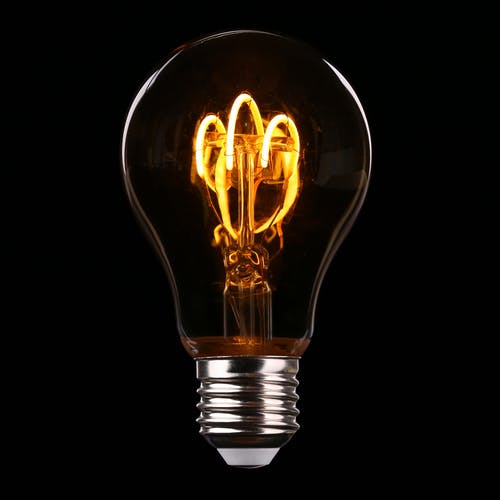New Jersey Unveils Framework to Achieve Energy Efficiency Targets

The New Jersey Board of Public Utilities on Jan. 22 proposed a framework to administer energy efficiency and peak demand reduction programs following a 2018 law that established annual energy use reductions of at least 2 percent for electric utilities and 0.75 percent for gas utilities.
The Clean Energy Act of 2018 directed the board to establish quantitative performance indicators, or QPIs, to evaluate each utility’s achievement of the target, and apply performance incentives or penalties tied to the achievement of utility-specific targets. Under the law, the utilities must achieve the targets in the prior three years within five years of implementing the programs in their service territories.
The proposed cost recovery mechanism would award utilities with a performance incentive for achieving 110 percent to 150 percent of the QPI of savings. Utilities would face a penalty if their achievement is between 50 percent and 90 percent of the QPI. Under a neutral area or buffer, ranging from 90 perent to 110 percent of the QPI achievement, there will be no incentive awarded or penalty assessed.
The Clean Energy Act plays a key role in achieving the state’s goal of 100 percent clean energy by 2050 by establishing aggressive energy reduction requirements, among other clean energy strategies.
Comments on the proposal are due by Feb. 5
EnerKnol Pulses like this one are powered by the EnerKnol Platform—the first comprehensive database for real-time energy policy tracking. Sign up for a free trial below for access to key regulatory data and deep industry insights across the energy spectrum.
ACCESS FREE TRIAL